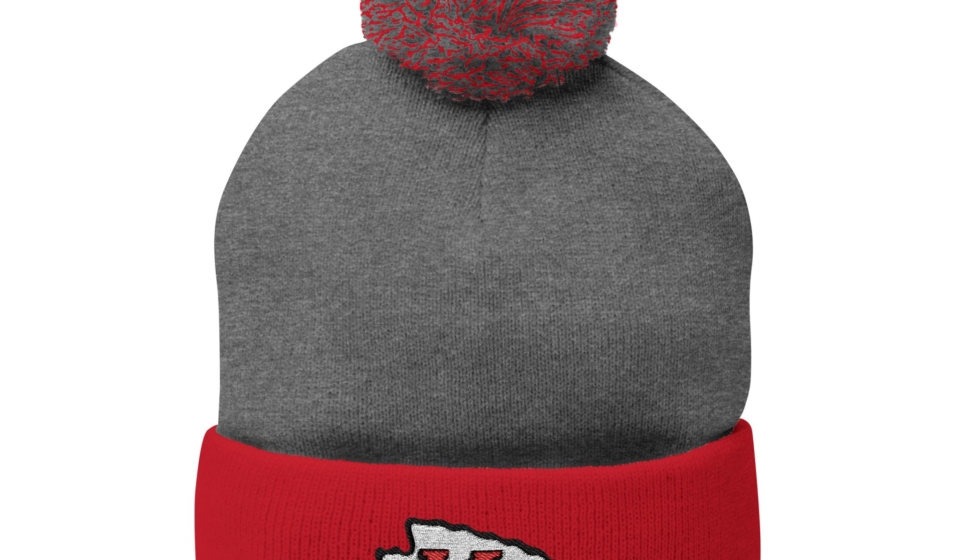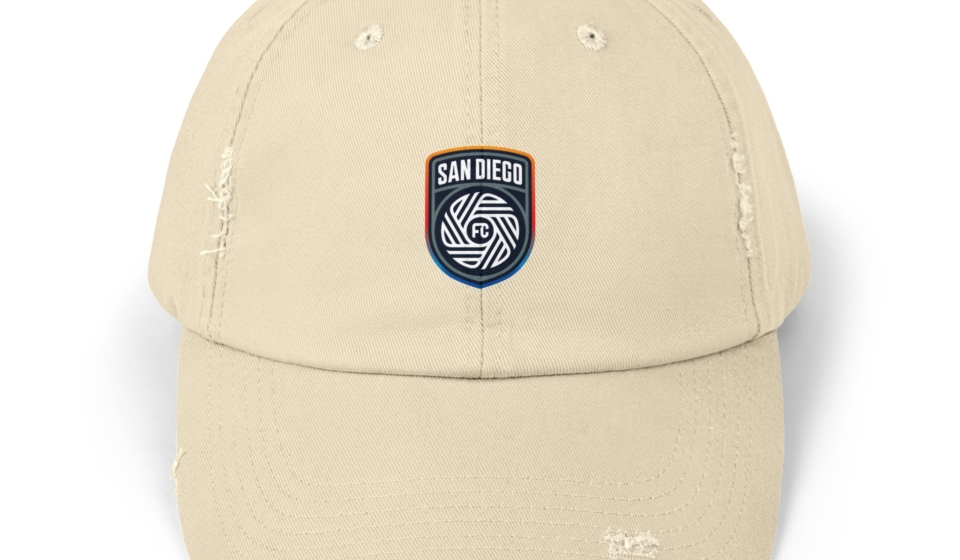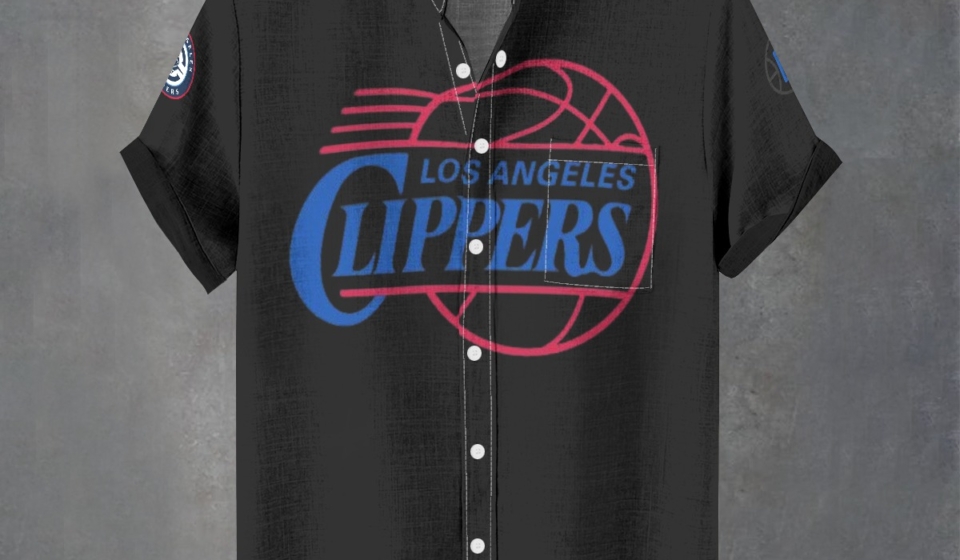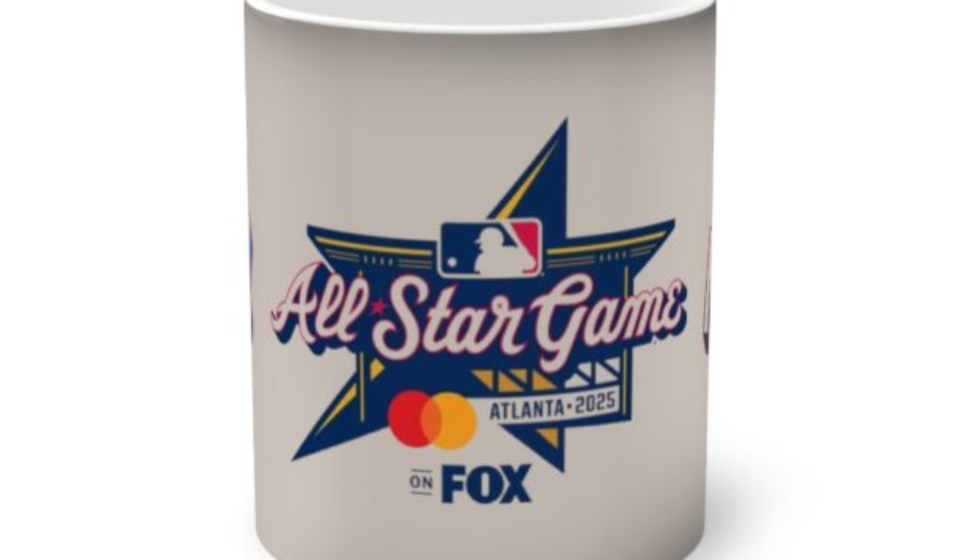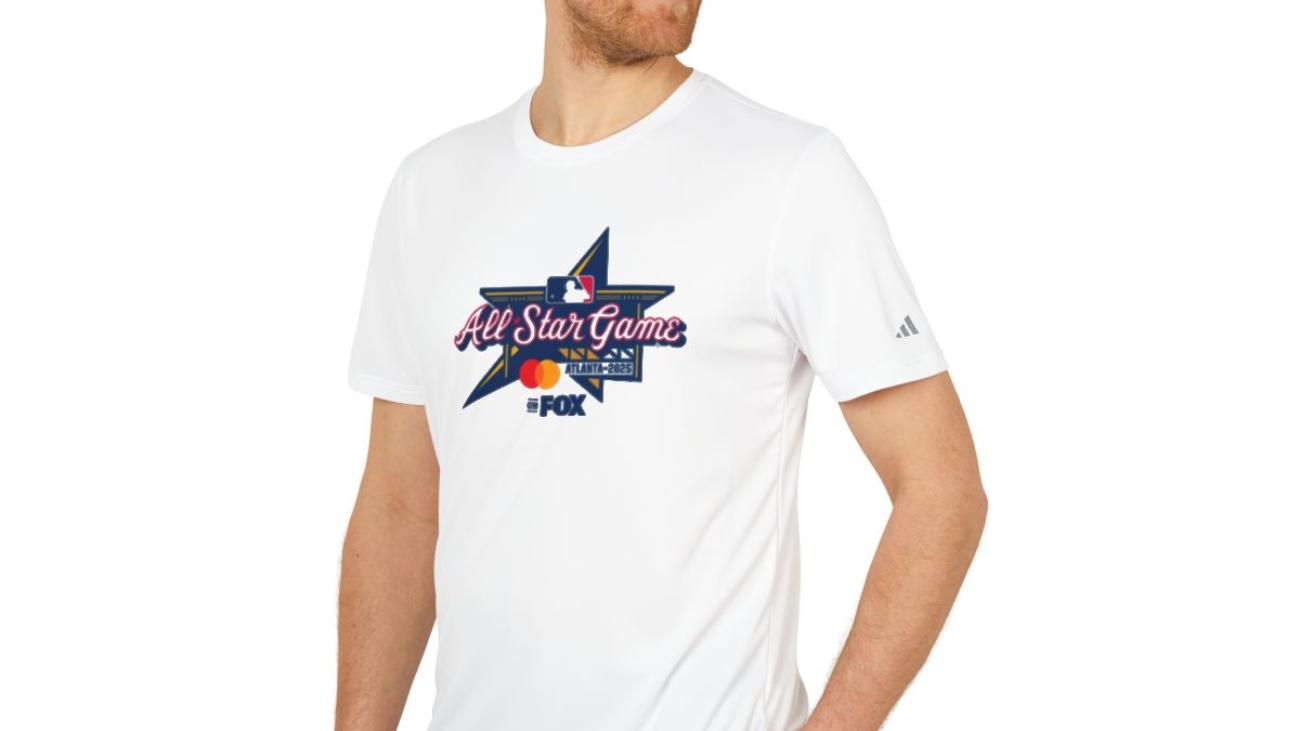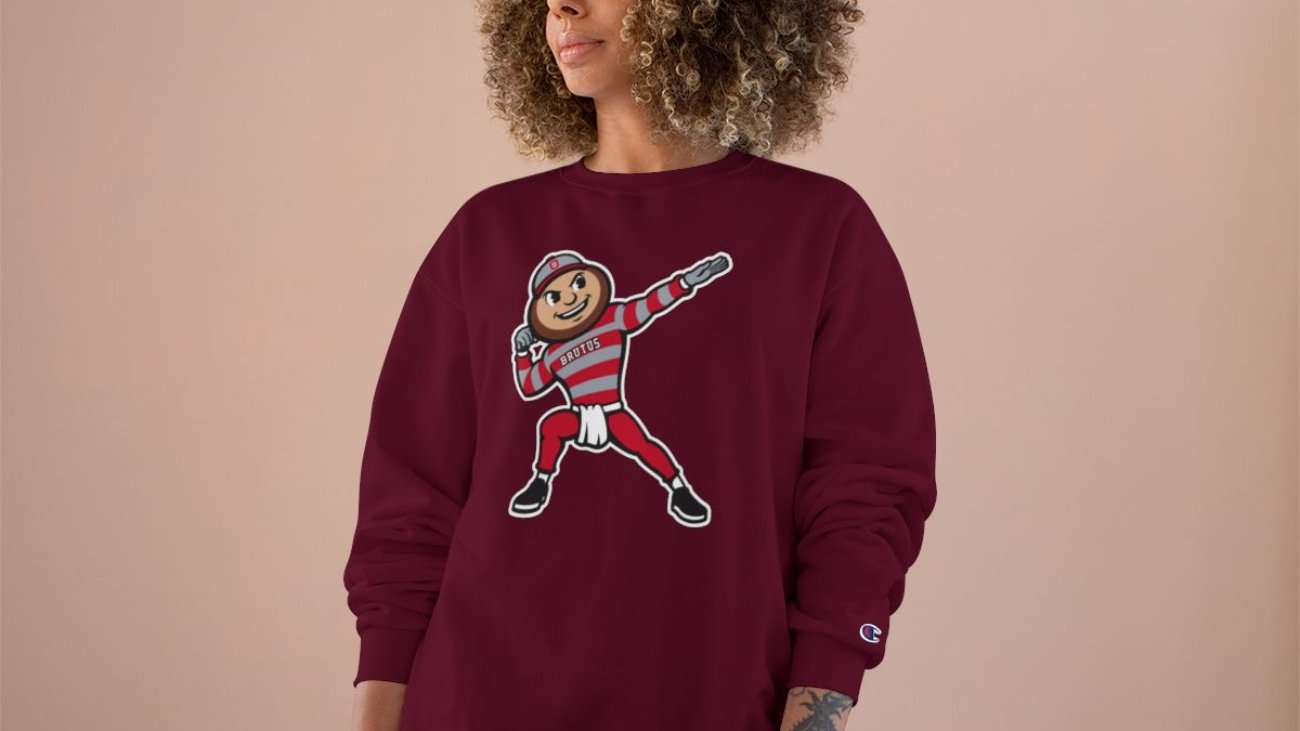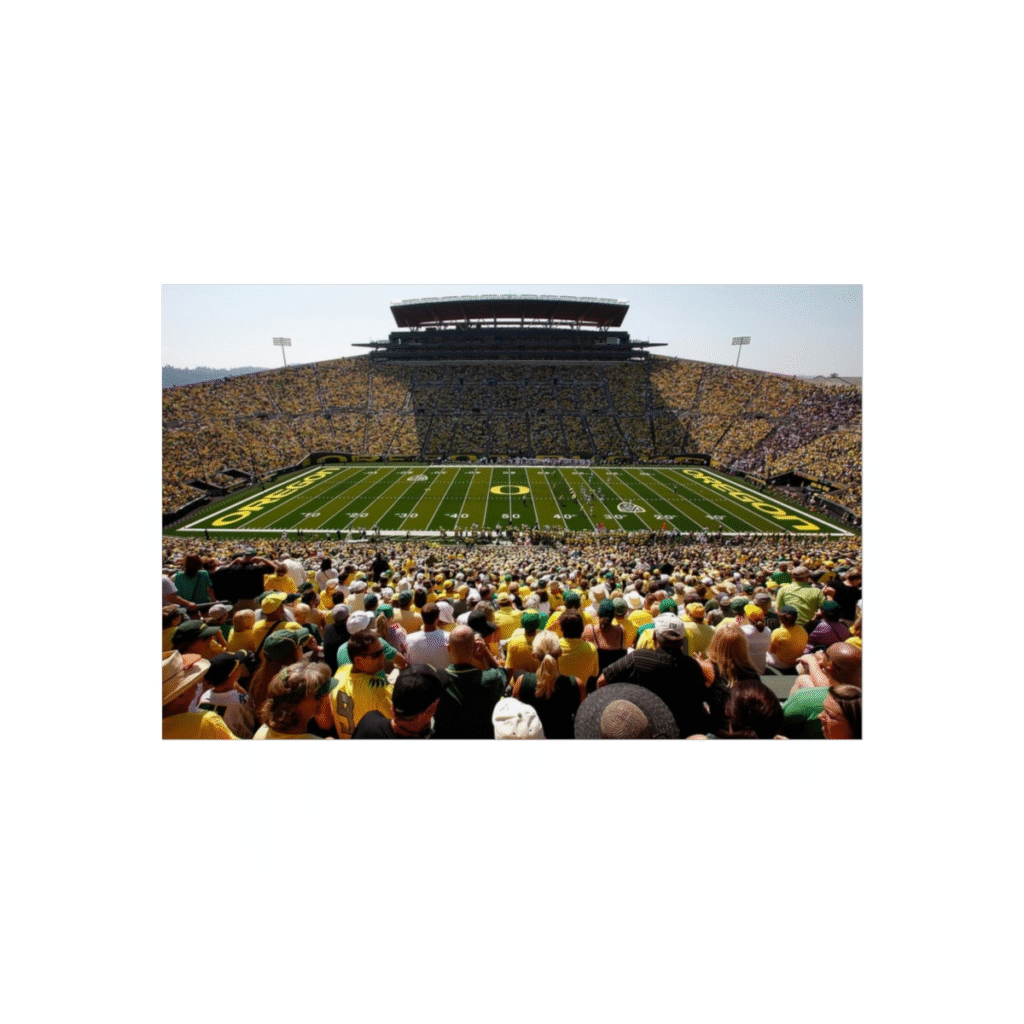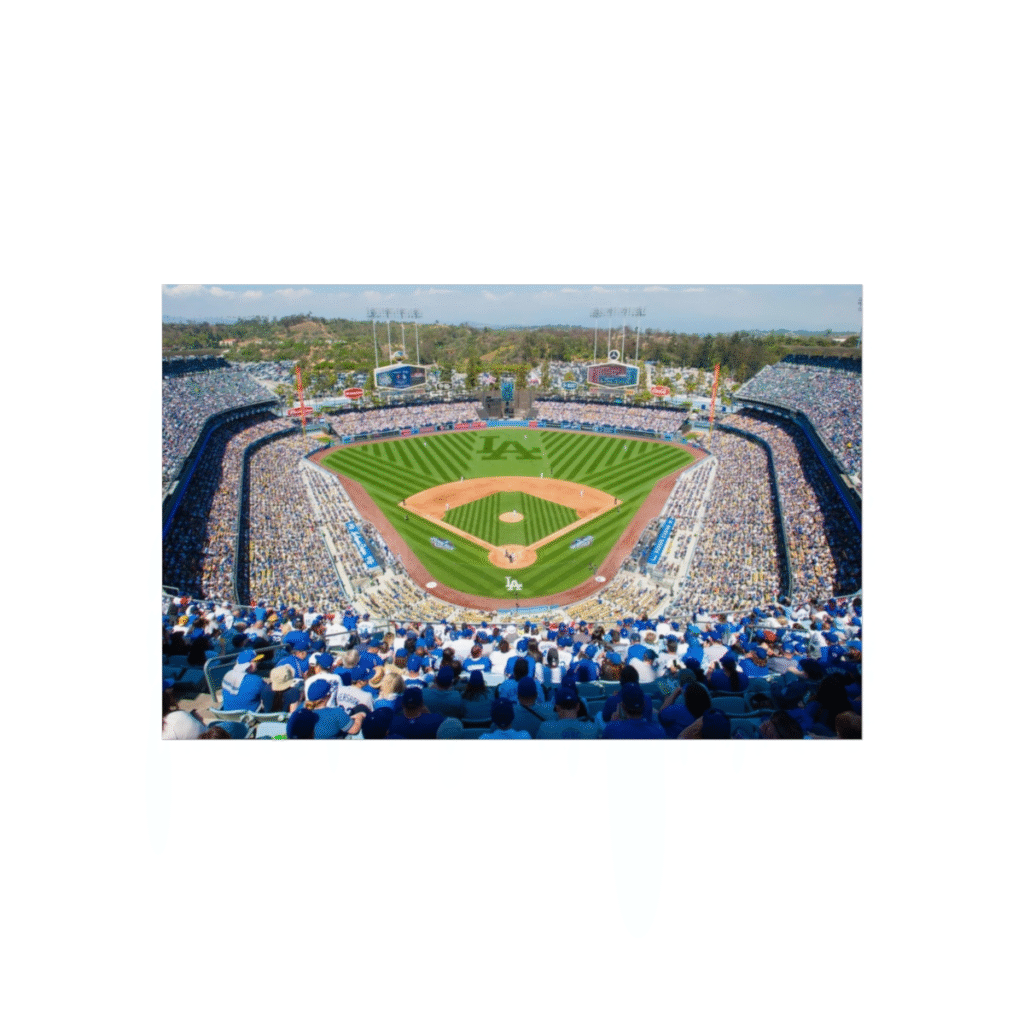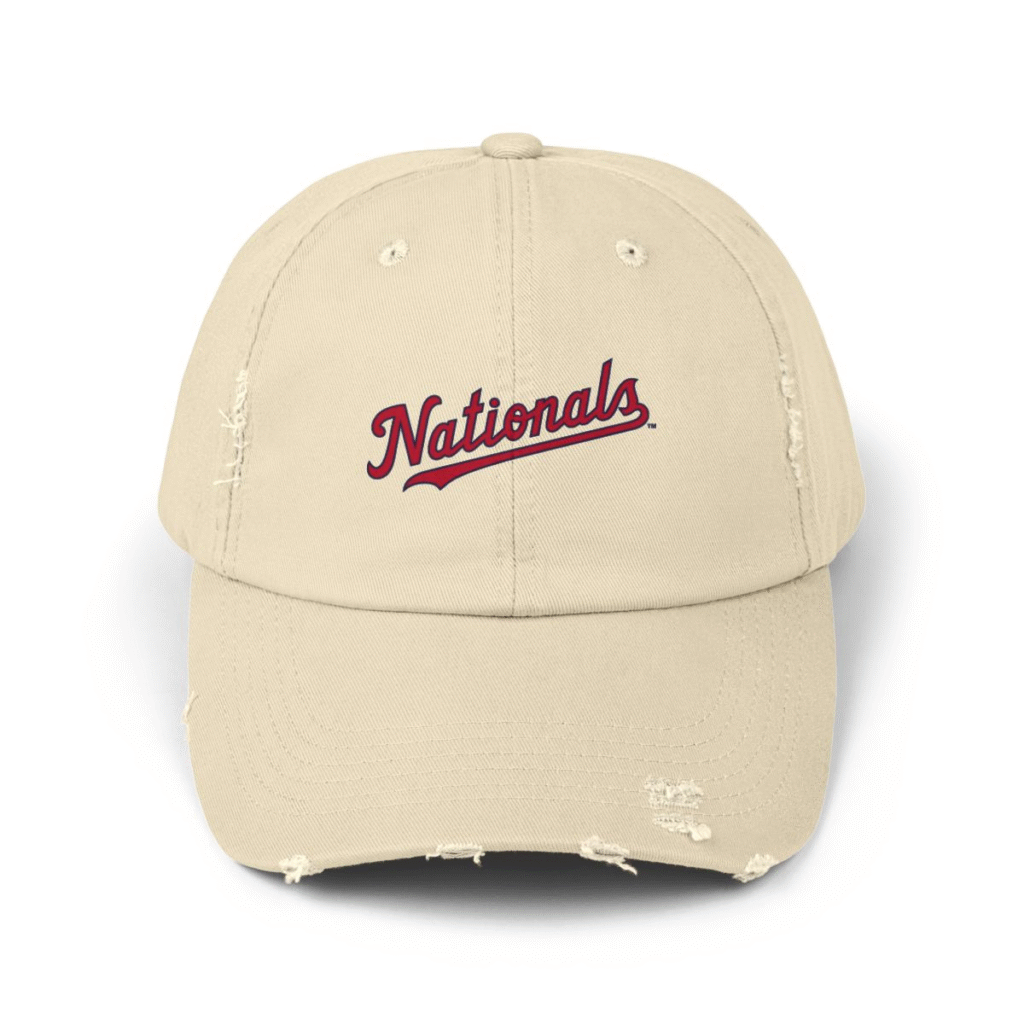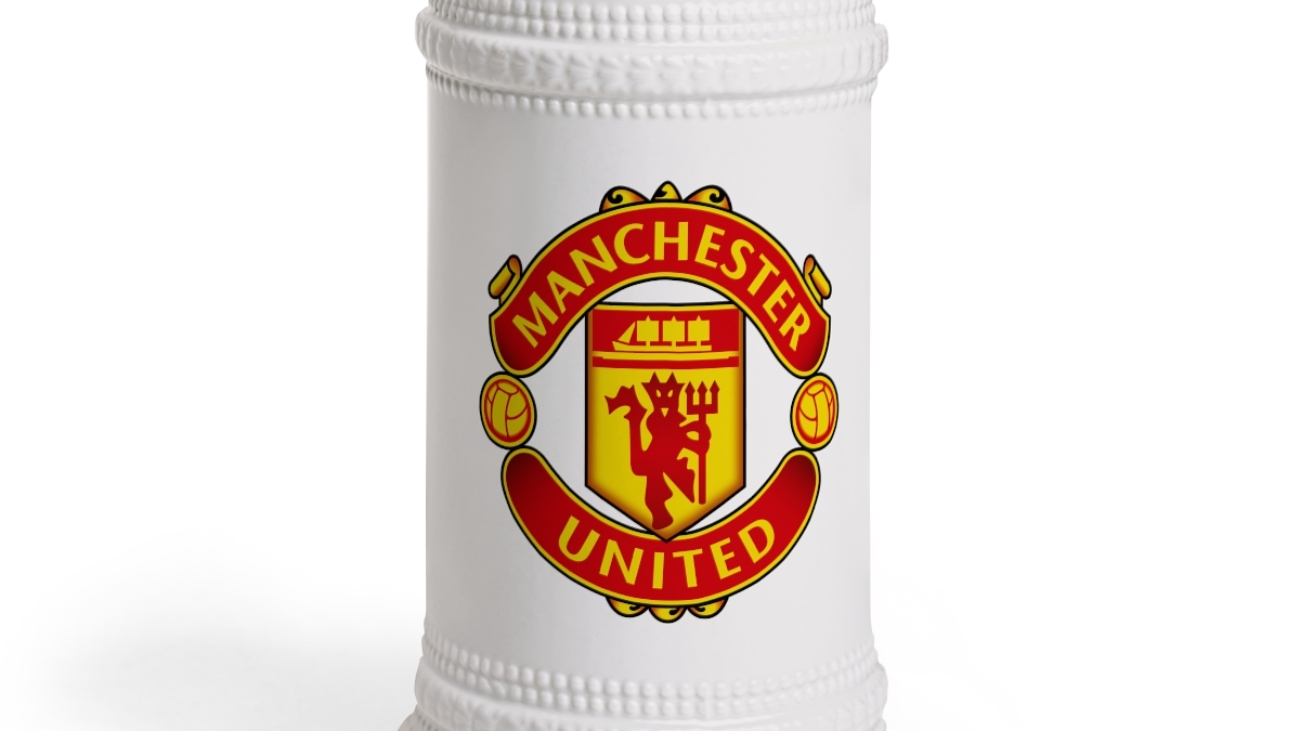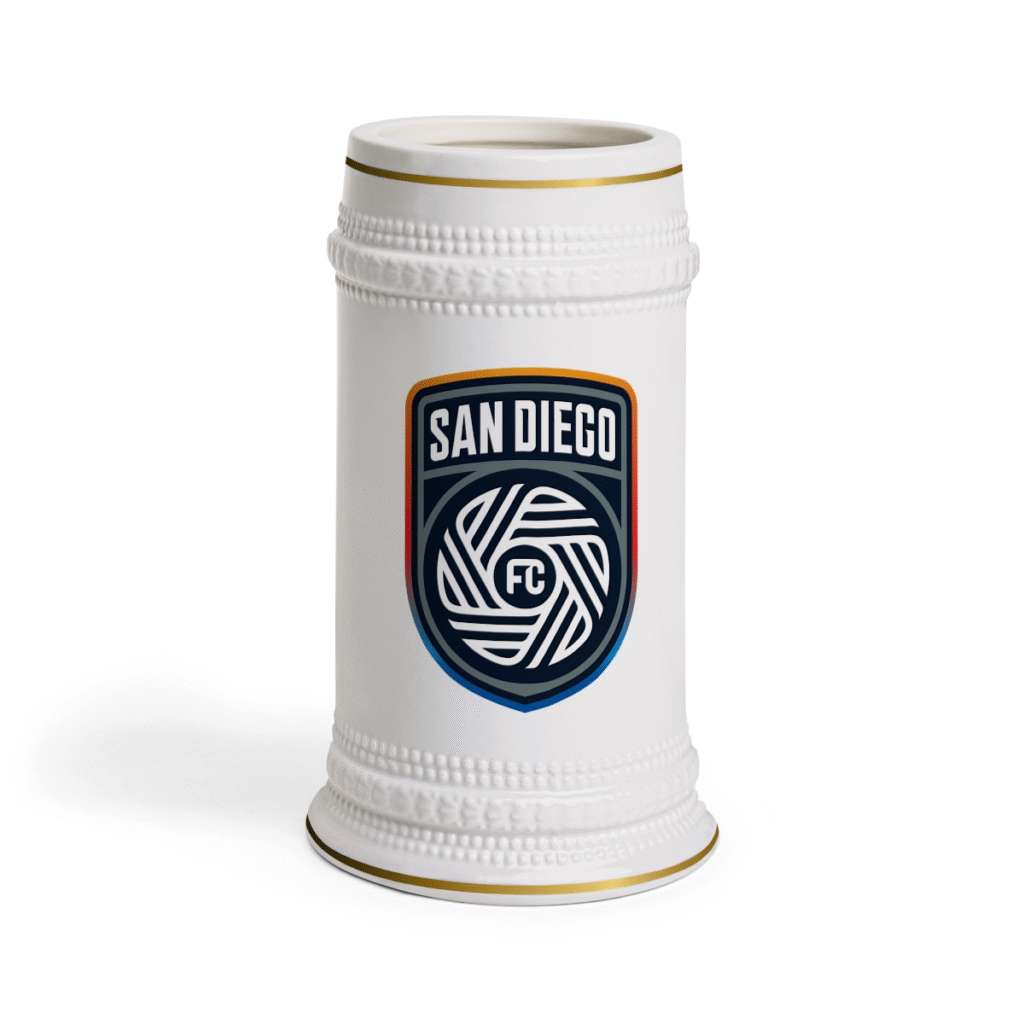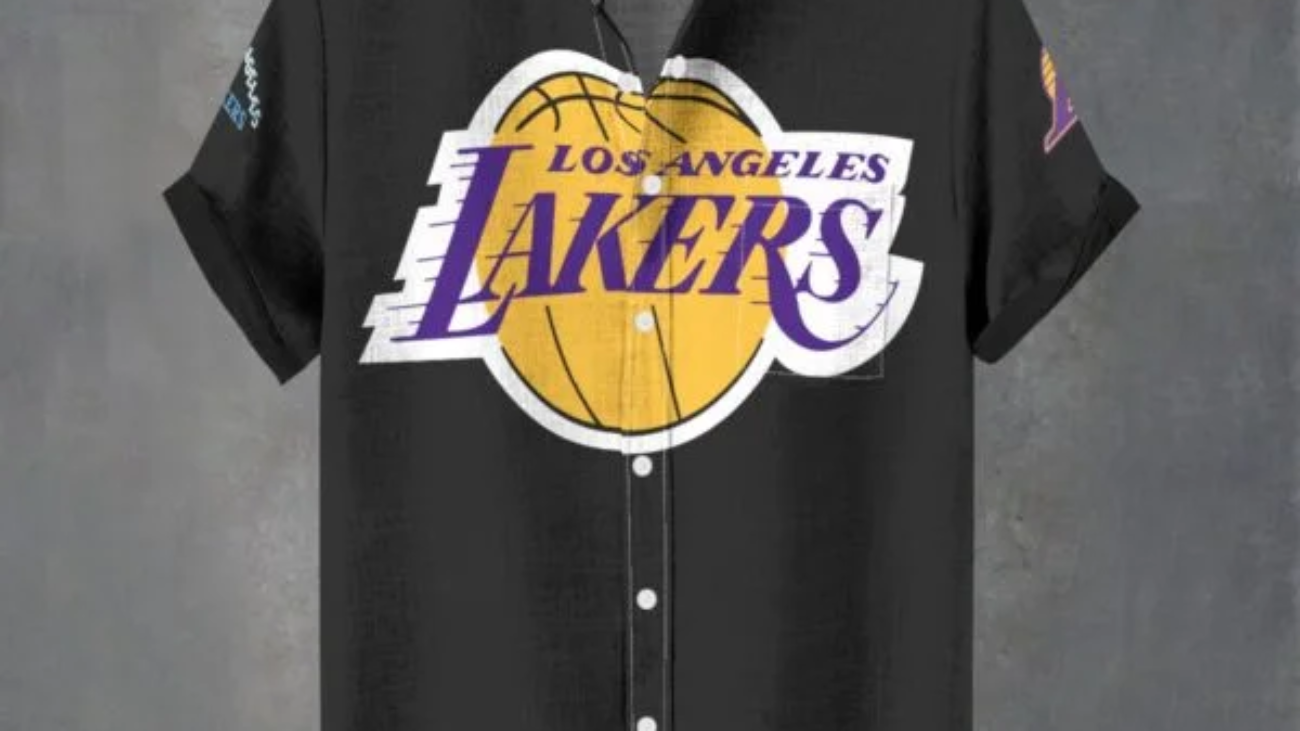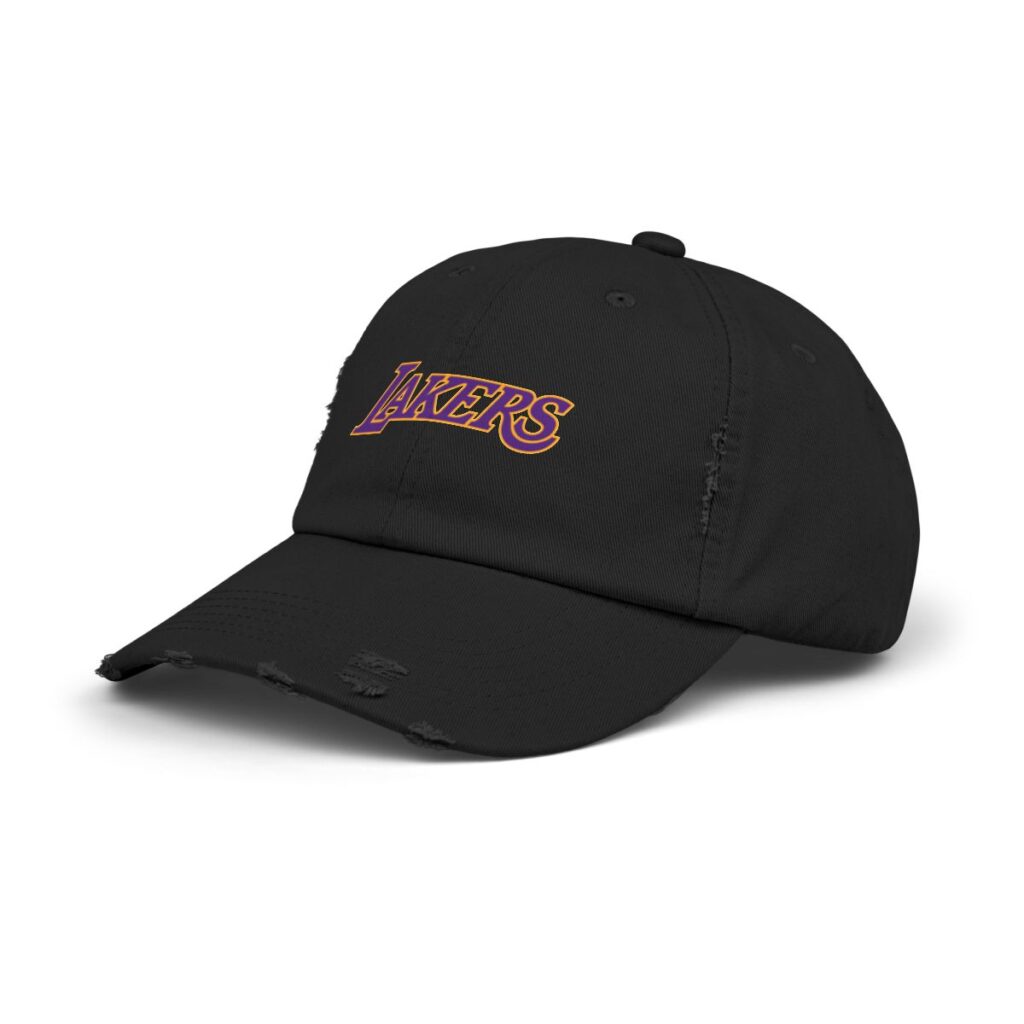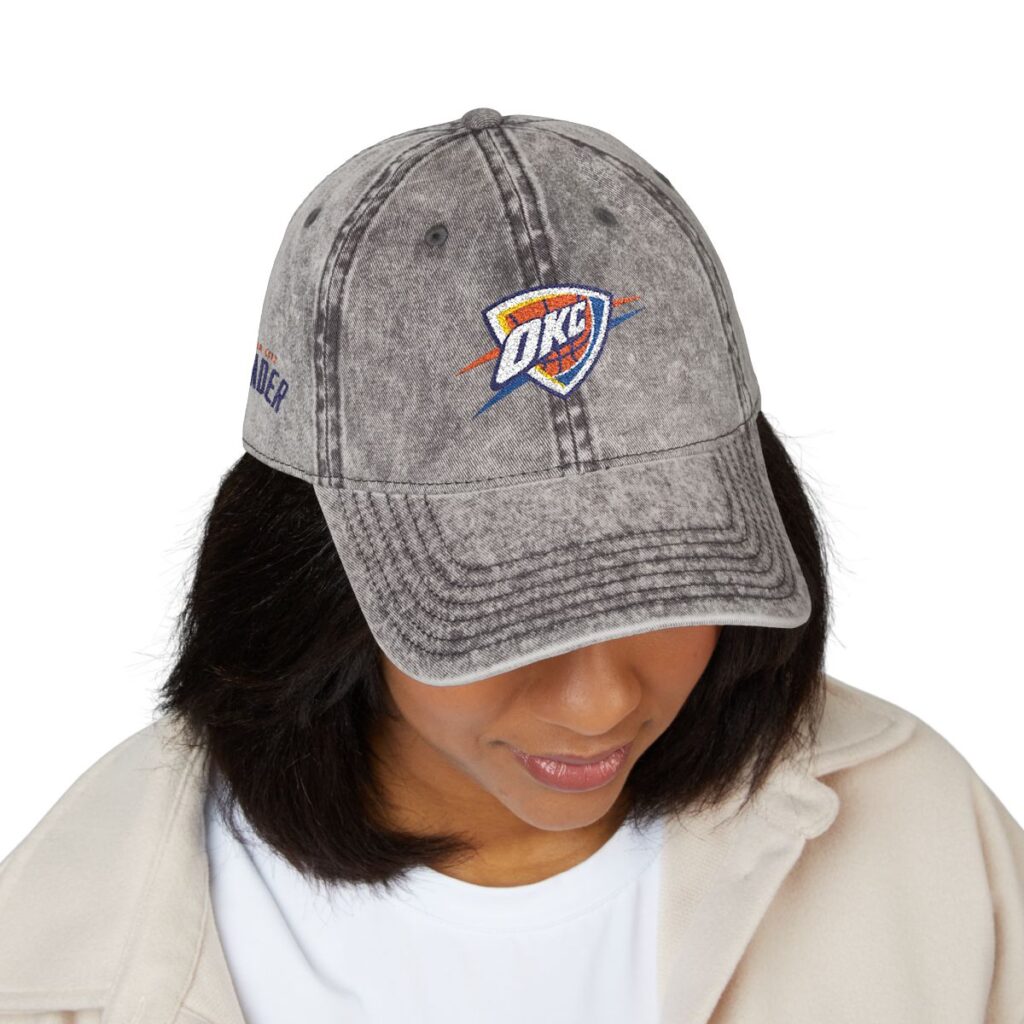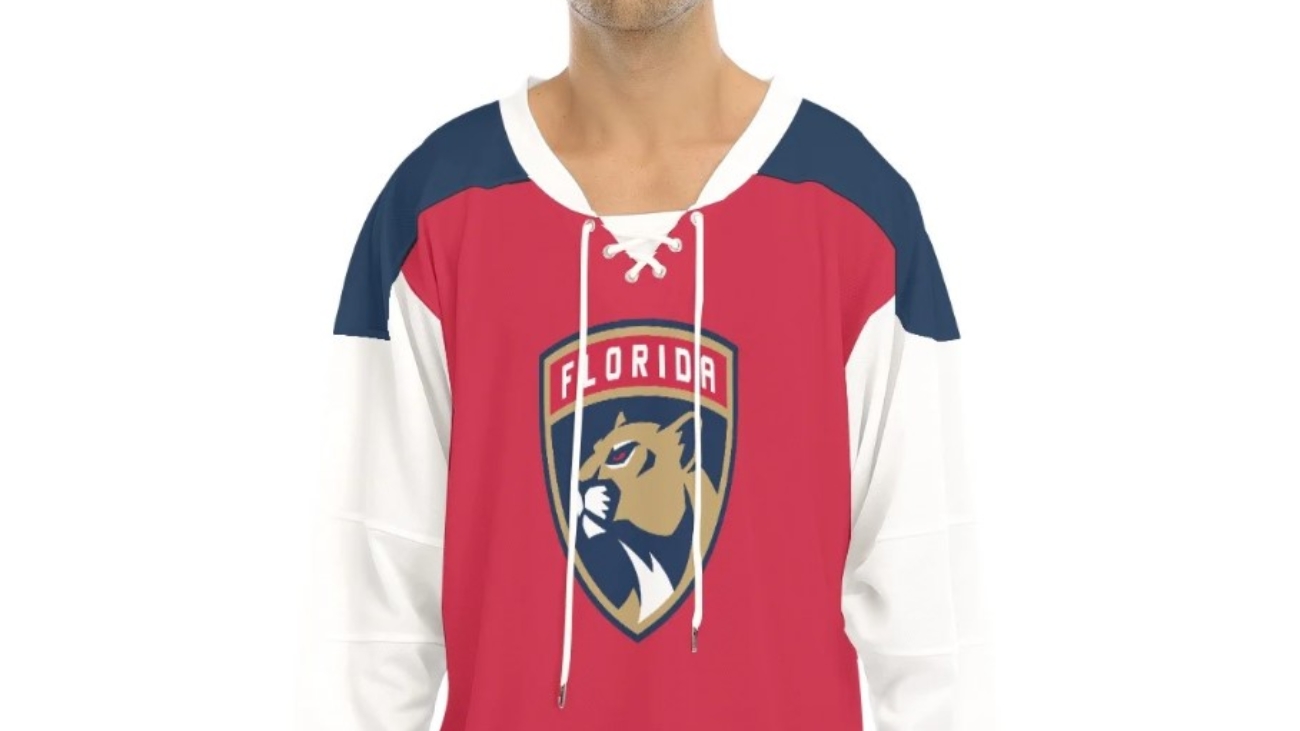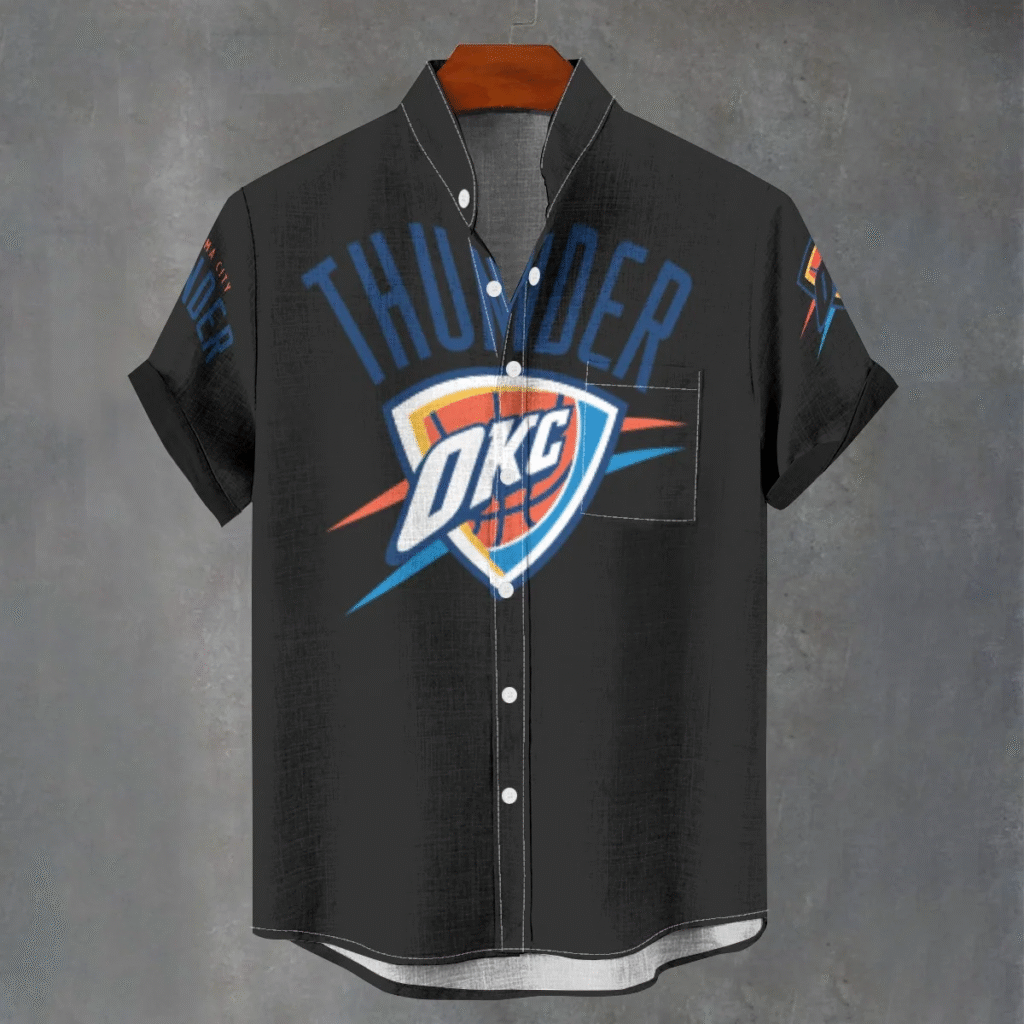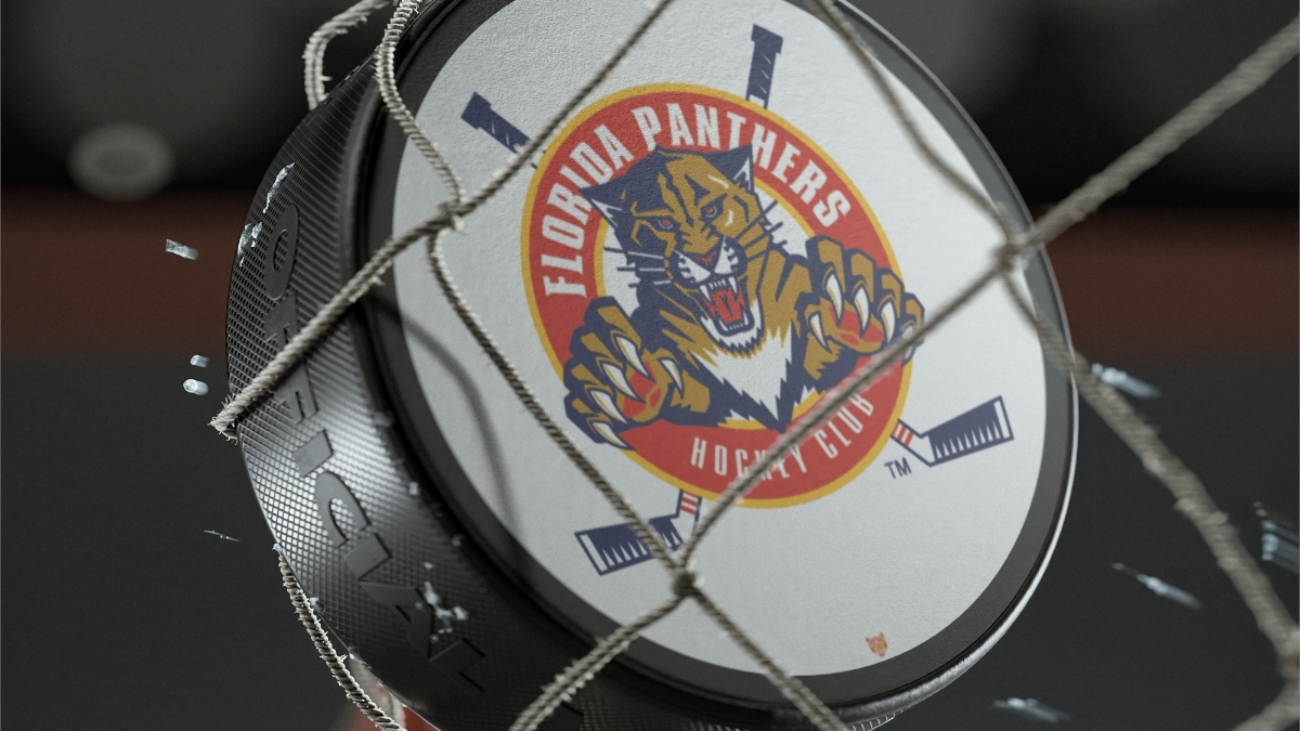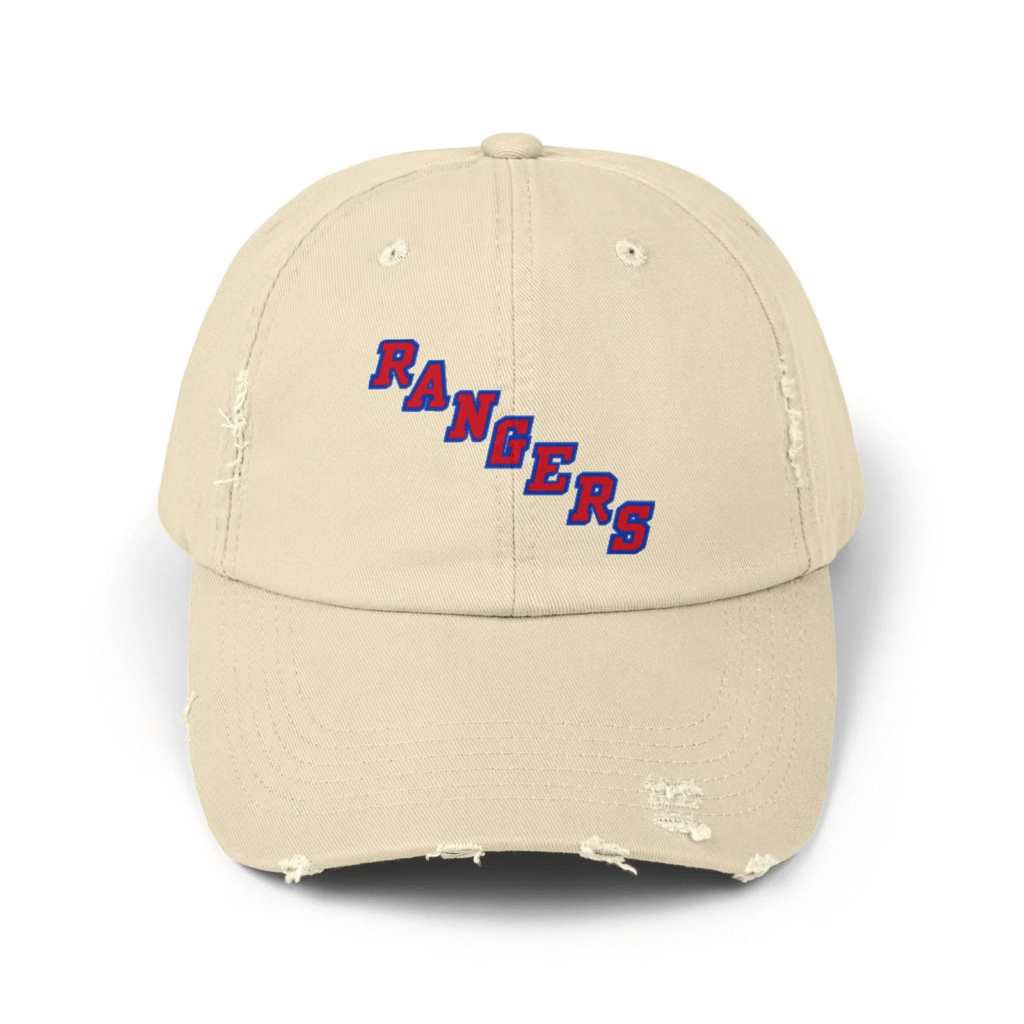Atlanta is currently buzzing with baseball fever as it hosts the 2025 MLB All-Star Week, running from July 11–15. This year, the city is rolling out the red carpet for a series of events that celebrate not just the best of Major League Baseball, but also the future of the sport and the vibrant baseball community.
While the main event, the All-Star Game, is still on the horizon, the week is packed with excitement, interactive experiences, and crucial milestones for the league. From honoring rising stars to thrilling competitions, Atlanta is the place to be for every baseball fan.
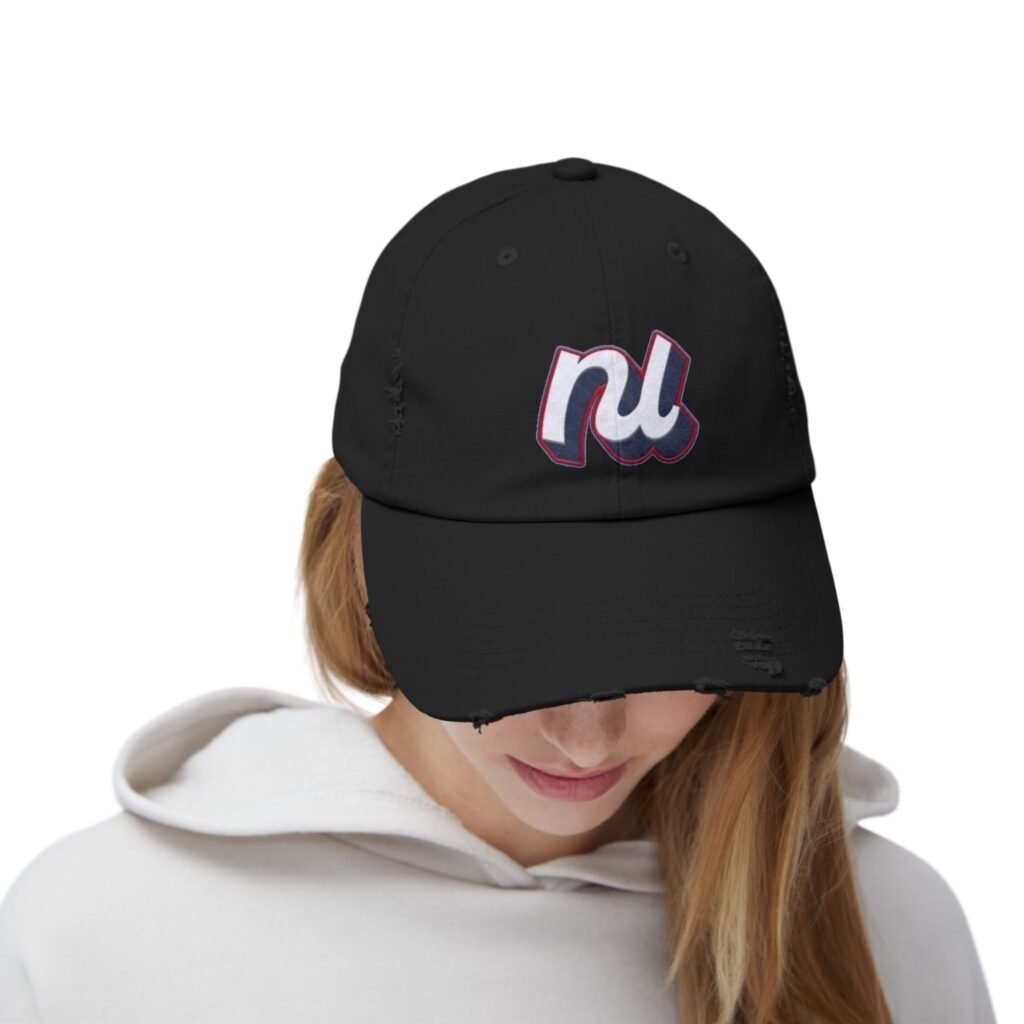
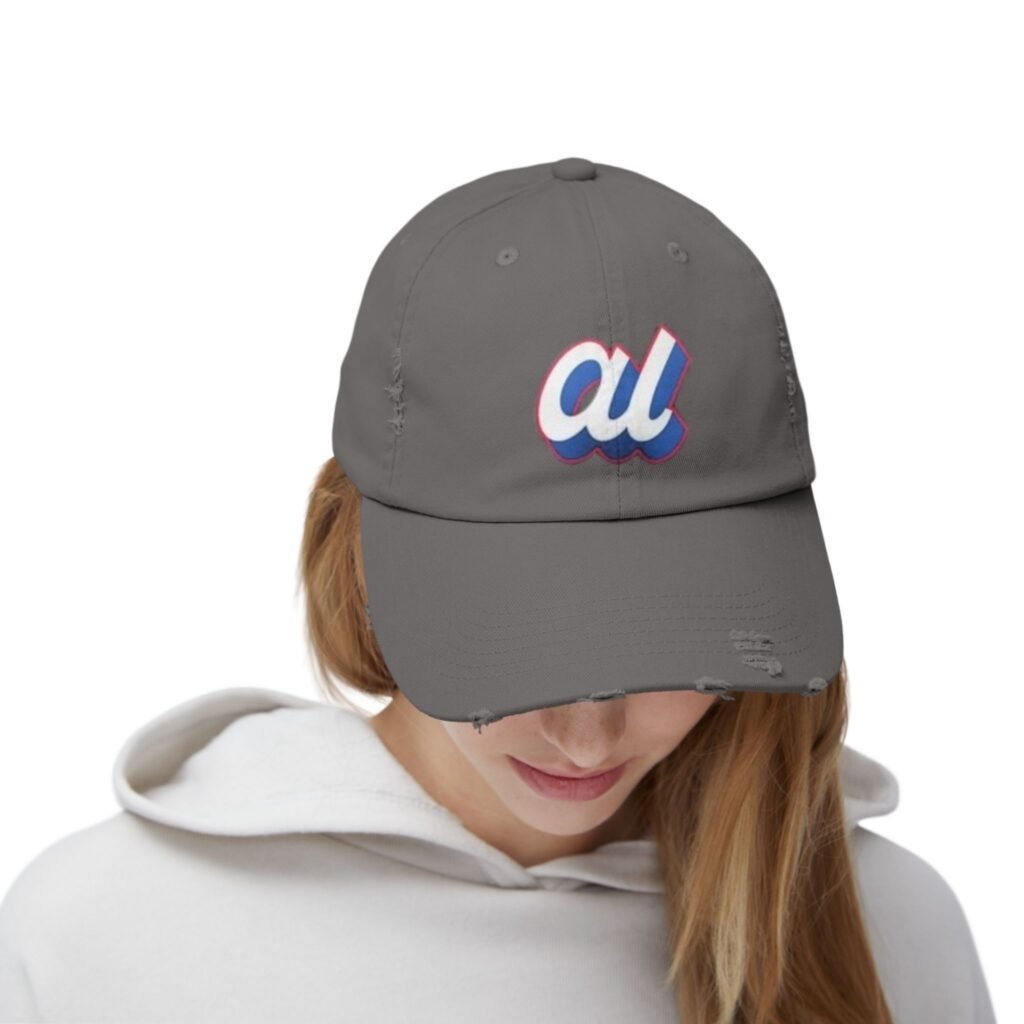


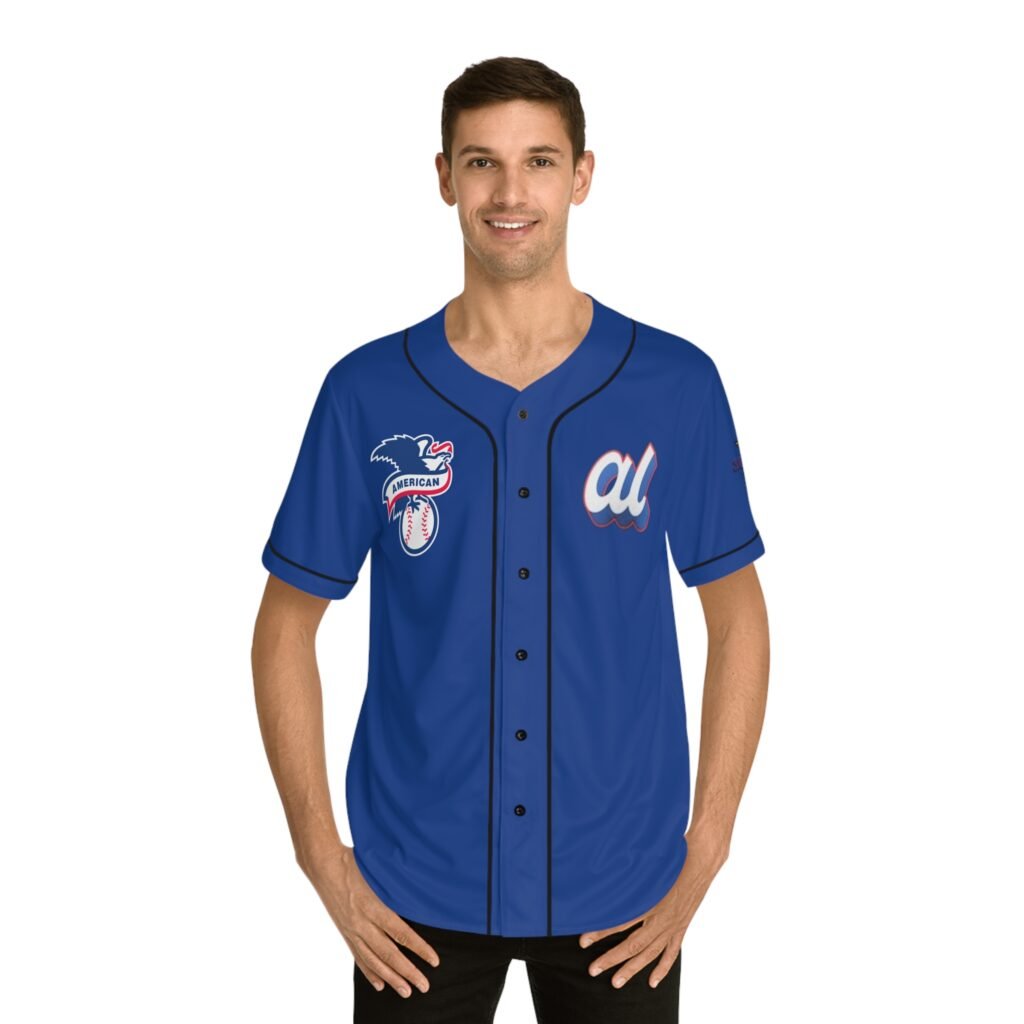

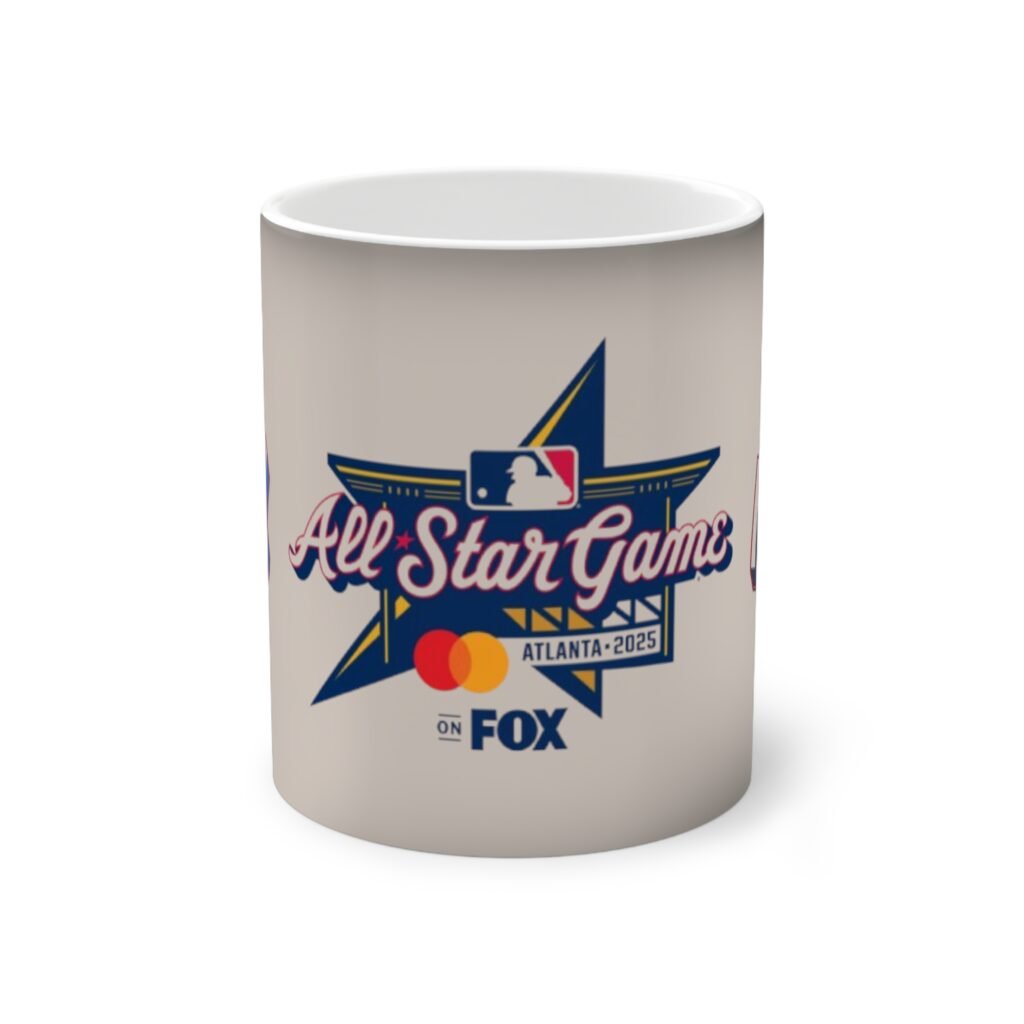
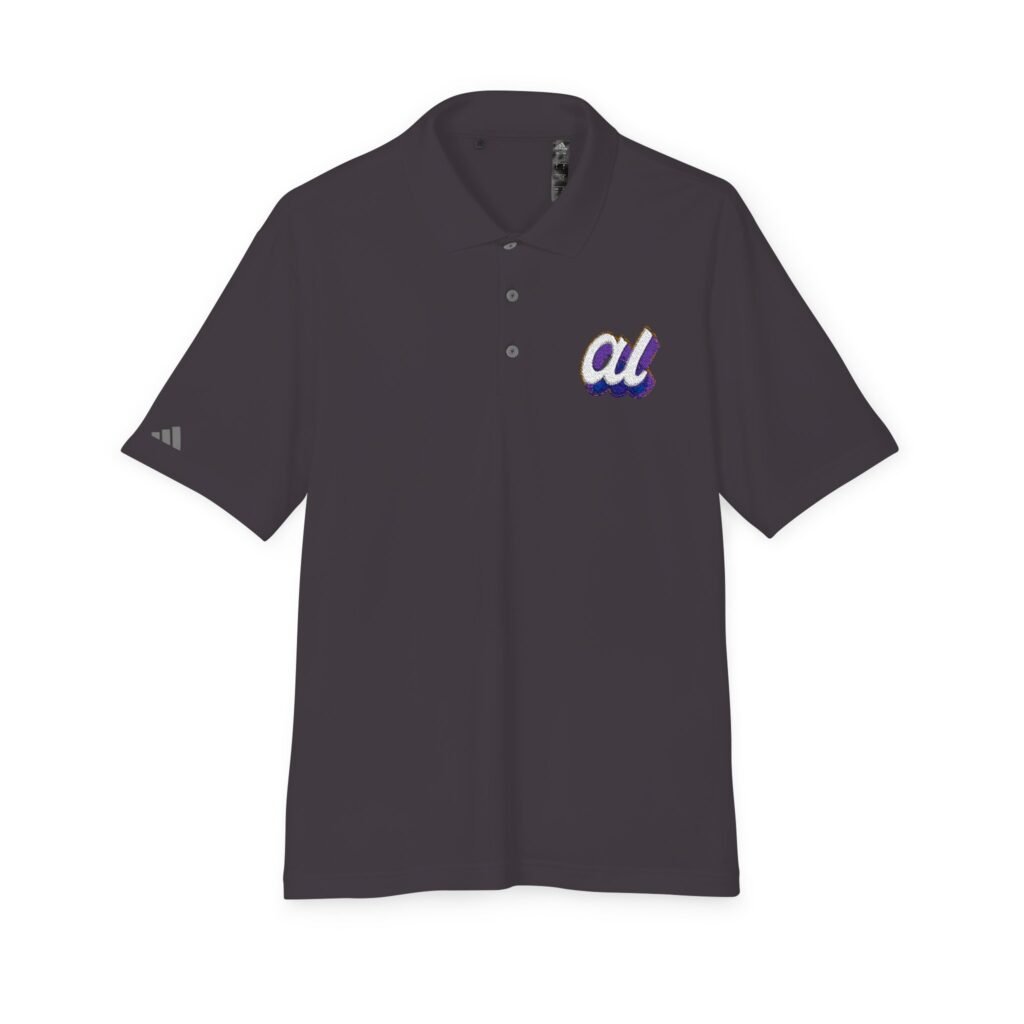
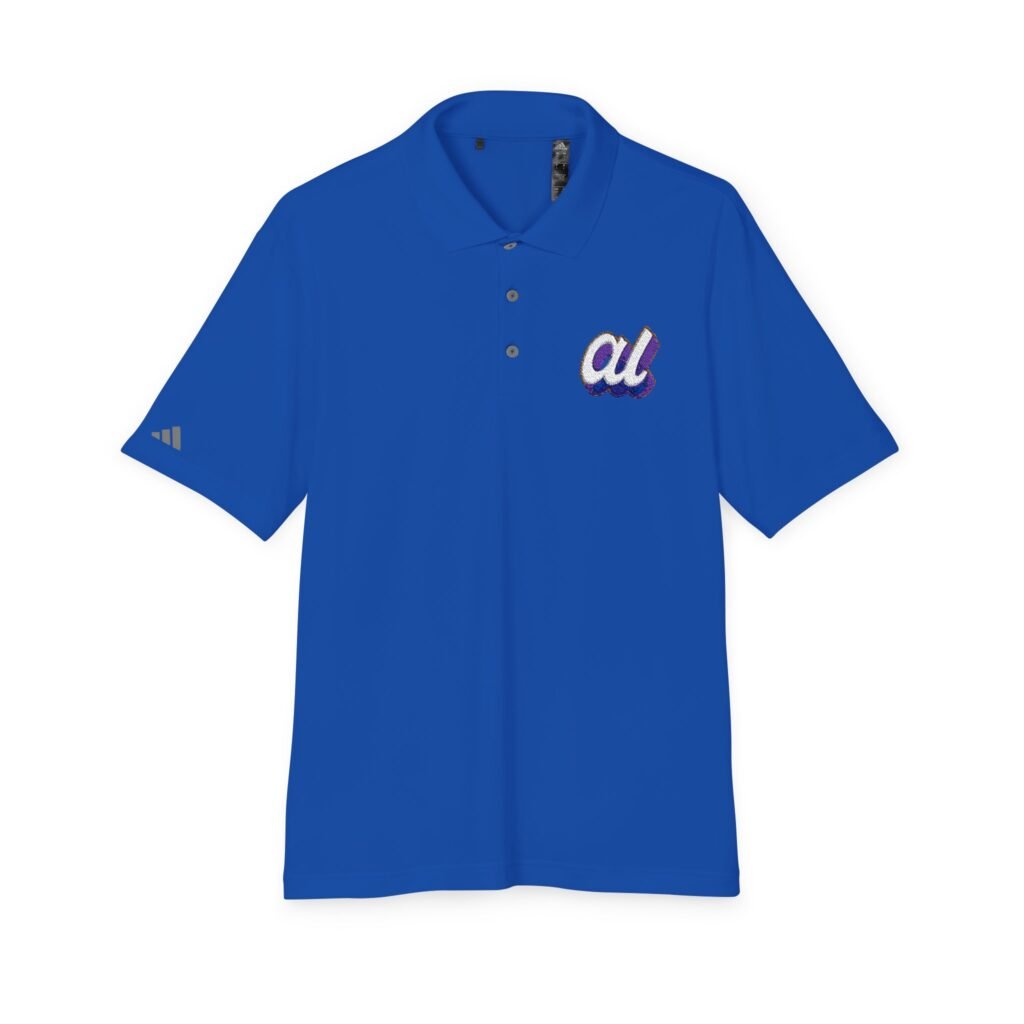

A Weekend of Baseball Extravaganza
The festivities kicked off on Friday, July 11, with the HBCU Swingman Classic presented by T-Mobile. This event is a vital showcase for baseball talent from Historically Black Colleges and Universities (HBCUs), offering these student-athletes a national platform at Truist Park. It’s a wonderful initiative that celebrates the rich legacy of Black baseball and provides crucial exposure for future stars.
All-Star Saturday (July 12) is a fan favorite, featuring a doubleheader of action. Fans are treated to the All-Star Futures Game, showcasing top Minor League Baseball talent, followed by the highly anticipated MLB All-Star Celebrity Softball Game. This star-studded event brings together names from music, entertainment, and sports for a lighthearted but competitive matchup at Truist Park.
The Fan Experience: Capital One All-Star Village
A centerpiece of All-Star Week is the Capital One All-Star Village, located at the Cobb Galleria Centre. This interactive hub is open from Saturday through Tuesday, offering an immersive environment for fans of all ages.
The All-Star Village is more than just a place to hang out; it’s a comprehensive baseball experience. Attendees can test their skills in interactive games, including virtual reality batting cages, pitch velocity challenges, and gaming zones. Fans can also participate in Q&A sessions, secure autographs, and take photos with MLB legends and team mascots. It’s a must-visit destination that truly brings the spirit of the game to life.
Key Milestones and the Road to the Midsummer Classic
Sunday, July 13, marks a critical moment for the league’s future with the MLB Draft. The drama of the Draft’s opening rounds will unfold, determining where the next generation of baseball stars will begin their professional journeys.
The excitement builds on Monday, July 14, with the electrifying T-Mobile Home Run Derby. This power-hitting spectacle always delivers unforgettable moments as baseball’s biggest sluggers compete for the crown at Truist Park. It’s an event that captures the essence of raw athletic power and competitive spirit.
The week culminates on Tuesday, July 15, with the All-Star Red Carpet Show at The Battery Atlanta, where players and celebrities show off their style before the main event. Finally, the All-Star Game presented by Mastercard takes center stage at Truist Park, pitting the American League against the National League in the annual showcase of baseball’s elite.
Gear Up for All-Star Week
Whether you’re in Atlanta experiencing the excitement firsthand or watching from home, there’s no better way to celebrate All-Star Week than by showing your team pride. From jerseys and caps to collectibles celebrating your favorite players and teams, the spirit of baseball is ready to be worn.
To explore the latest gear and support your favorite MLB team, be sure to visit our extensive collection of official merchandise. You can find everything you need to celebrate the Midsummer Classic right here: https://pro-merch.com/product-category/mlb/.

 Cart is empty
Cart is empty 



